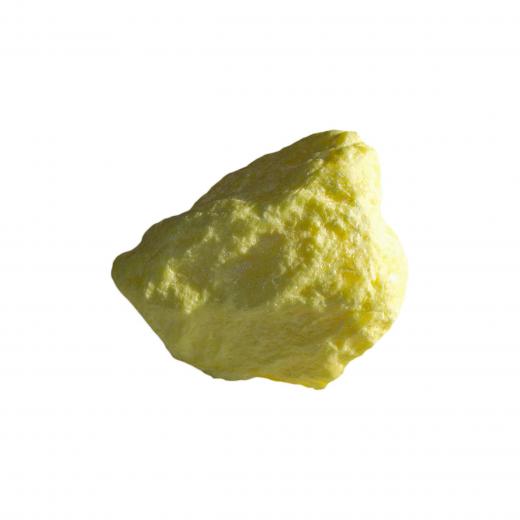What is Io?
 Michael Anissimov
Michael Anissimov
Io is a moon of Jupiter. Along with Callisto, Europa, and Ganymede, Io is a Galilean moon, discovered by the Italian astronomer Galileo Galilei using one of the earliest telescopes. It is the innermost of the Galilean moons, exposing it closely to Jupiter's powerful magnetosphere and ambient radiation. Due to tidal heating from its orbit around Jupiter, Io is one of the most geologically active bodies in the solar system, with over 400 volcanoes.
When the Voyager spacecraft first saw evidence of volcanism on Io, it was the first discovery of volcanism on an extraterrestrial world, and caused great excitement in the scientific community. Io's unusual craterless surface caused it to be among the most fascinating of the Jovian moons to planetary scientists. Covered in sulfur and sulfur dioxide frosts, but with a thin silicate core, Io's volcano-riddled surface makes it reminiscent of a yellow pizza. On Io's trailing hemisphere, a huge volcano, Pele, eruptions constantly, surrounded by a gigantic red ring of volcanic fallout. It was the eruption of Pele that first alerted scientists that Io was volcanically active.
Io's intense geological activity has given it mountains taller than Mt. Everest. Boösaule Montes has peaks over 10 miles tall. In total, Io has about 150 mountains.

Although it lacks true craters, Io is covered with small volcanic depressions called paterae, after a type of shallow Roman bowl. These depressions are usually bounded by steep cliffs, and look similar to terrestrial calderas, although the formation mechanism seems to be different and is still elusive. The largest paterae is 125 miles in diameter. In 1999 and 2000, the Galileo spacecraft observed active lava flows near paterae.

When the New Horizons probe passed Io on 1 March 2007 on its way to Pluto, it observed the eruption in the Tvashtar Paterae volcanic region, a plume reaching 330 km high and spewing sulfuric magma over a similar region. If Io had much of an atmosphere, it would smell terrible. The constant sulfur eruptions mean that Io will be quite a challenge for human colonists. To make Io habitable, it would probably need to have its orbit adjusted to distance it from Jupiter, soothing its hadean geology.
AS FEATURED ON:
AS FEATURED ON:












Discuss this Article
Post your comments